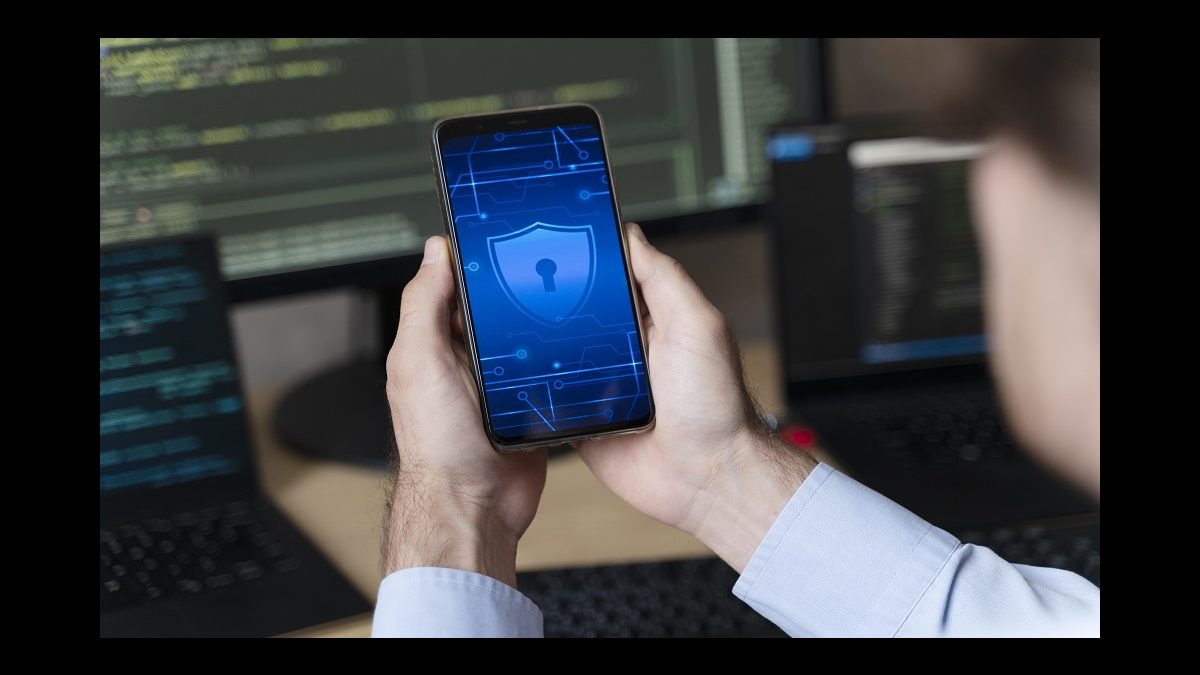As mobile devices become central to our lives, they also carry a wealth of information valuable in digital investigations. Mobile device forensics focuses on extracting and analyzing data from smartphones, tablets, and other portable devices to aid in criminal cases, civil disputes, and cybersecurity incidents. Using specialized cell phone forensic tools, investigators can recover evidence that often remains hidden from conventional users. This article delves into the essential tools, methods, and applications of mobile device forensics.
Table of Contents
What is Mobile Device Forensics?
Mobile device forensics is a branch of digital forensics that concentrates on recovering data from mobile devices. The data extracted from these devices can reveal crucial evidence, from text messages and call logs to app data, location history, and deleted files. Cell phones, in particular, store a vast amount of information that, when forensically analyzed, can support investigations in law enforcement, legal cases, and cybersecurity.
The Role of Cell Phone Forensic Tools in Mobile Device Investigations
Cell phone forensic tools play a pivotal role in mobile device forensics, enabling investigators to access and interpret data that is otherwise inaccessible. These tools come with various features and capabilities designed for specific data extraction, recovery, and analysis needs.
Here are some key functions of cell phone forensic tools:
- Data Extraction: Retrieves data from devices, including contacts, messages, call logs, and multimedia files.
- Recovery of Deleted Data: Allows investigators to recover deleted messages, photos, and other information.
- Cloud Data Analysis: Examines data stored in cloud backups, often synced with devices.
- App-Specific Data Extraction: Retrieves data from commonly used apps, such as messaging platforms, social media, and financial apps.
Types of Digital Forensics Tools for Mobile Devices
Mobile forensics tools vary widely, from those designed for comprehensive data extraction to those specializing in specific tasks. Here’s a look at some of the leading types of digital forensics tools used in mobile investigations:
- Logical Acquisition Tools: These tools capture data that is readily accessible to the user, like contacts, call logs, and texts.
- Physical Acquisition Tools: These tools allow a deeper level of extraction, accessing hidden and deleted data, providing a complete image of the device’s storage.
- File Carving Tools: Specialized tools that reconstruct data from fragmented files or storage media.
- Passcode Bypassing Tools: Used to bypass device locks, giving investigators access to locked or encrypted devices.
Steps in a Cellphone Forensics Investigation
Cellphone forensics investigations typically follow a structured approach, ensuring that all data is legally and accurately obtained. Here are the general steps:
- Device Seizure: Ensuring the device is secured without altering data. Often, investigators place the device in airplane mode or a Faraday bag to prevent remote data tampering.
- Data Extraction: Using forensic tools to capture accessible data or perform a complete physical extraction.
- Data Analysis: Examining extracted data for relevant information, identifying connections, timelines, and potential leads.
- Reporting and Presentation: Preparing a report on the findings, which may include timelines, extracted messages, and other significant evidence.
Challenges in Mobile Device Forensics
Despite its advancements, mobile device forensics comes with challenges:
- Encryption and Security Locks: Many devices are secured with passwords, encryption, or biometrics, which can be challenging to bypass.
- Rapid OS and App Updates: Frequent updates to operating systems and apps can hinder forensic tools’ compatibility, requiring constant updates to stay current.
- Data Fragmentation: Mobile devices store data in various locations, from local storage to the cloud, making complete extraction complex.
Legal Considerations in Mobile Device Forensics
The legal landscape surrounding mobile device forensics is complex, with privacy laws varying by jurisdiction. Investigators must obtain proper warrants or consent before accessing a device. Furthermore, the Chain of Custody—a record of who handles the evidence and how—is crucial for ensuring that the data is admissible in court.
Why Mobile Device Forensics Matters
The information on mobile devices often plays a vital role in legal cases, from confirming alibis and tracing communications to providing proof in disputes. Mobile device forensics is invaluable in many sectors:
- Law Enforcement: For tracking suspects’ activities and communications.
- Corporate Security: To investigate insider threats, IP theft, or policy breaches.
- Civil Litigation: For gathering evidence in divorce cases, custody battles, and other disputes.
The Future of Mobile Device Forensics
As mobile devices become more integral to our daily lives, the field of mobile device forensics is likely to grow. Technological advancements will continue to shape forensic tools, making them more effective in handling encryption, app-specific data, and emerging mobile trends like IoT integration.
Mobile device forensics plays a critical role in digital investigations, offering valuable insights into our mobile-connected world. With the aid of advanced cell phone forensic tools, investigators can retrieve essential data to support a wide array of cases. By understanding the capabilities, challenges, and applications of these tools, we can appreciate how digital forensics sheds light on the truth in today’s digital era.

